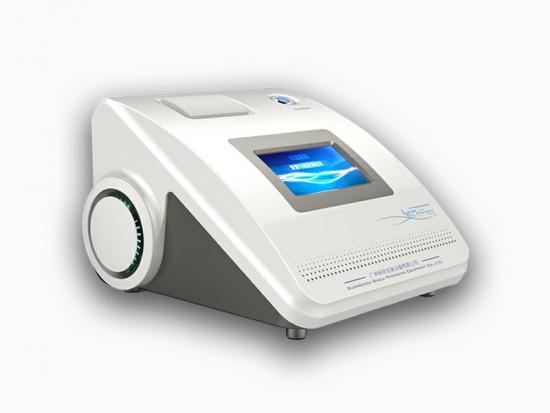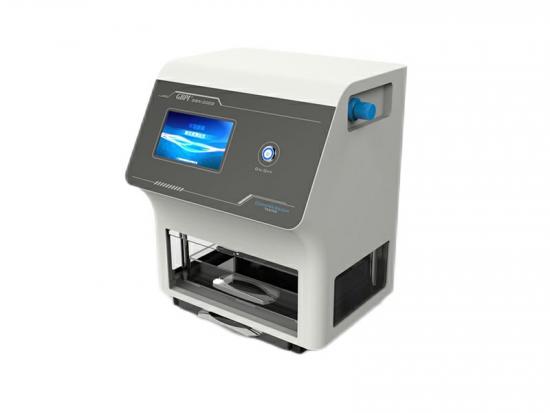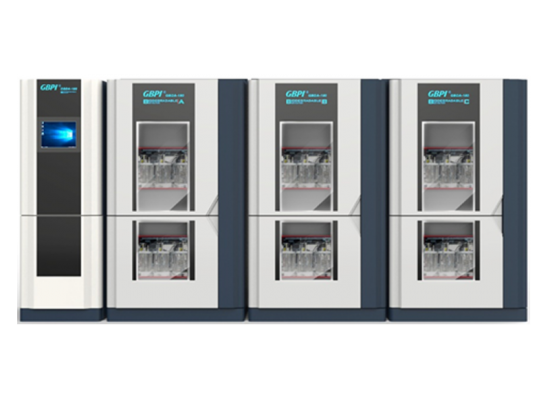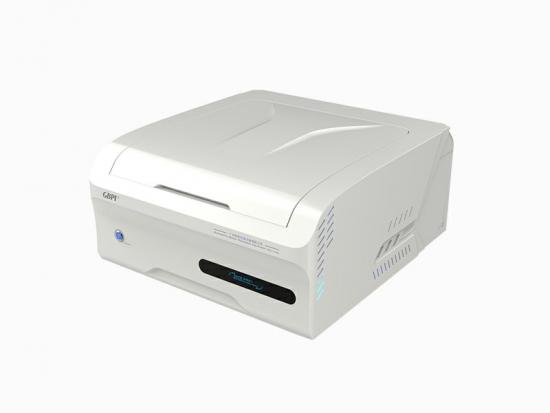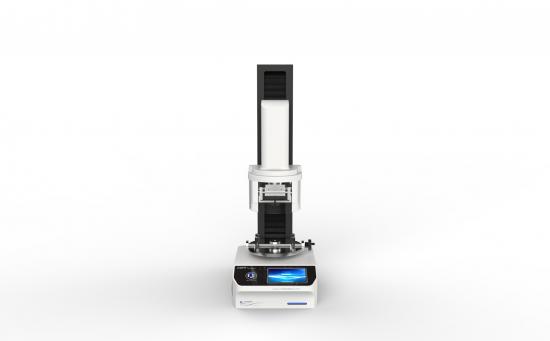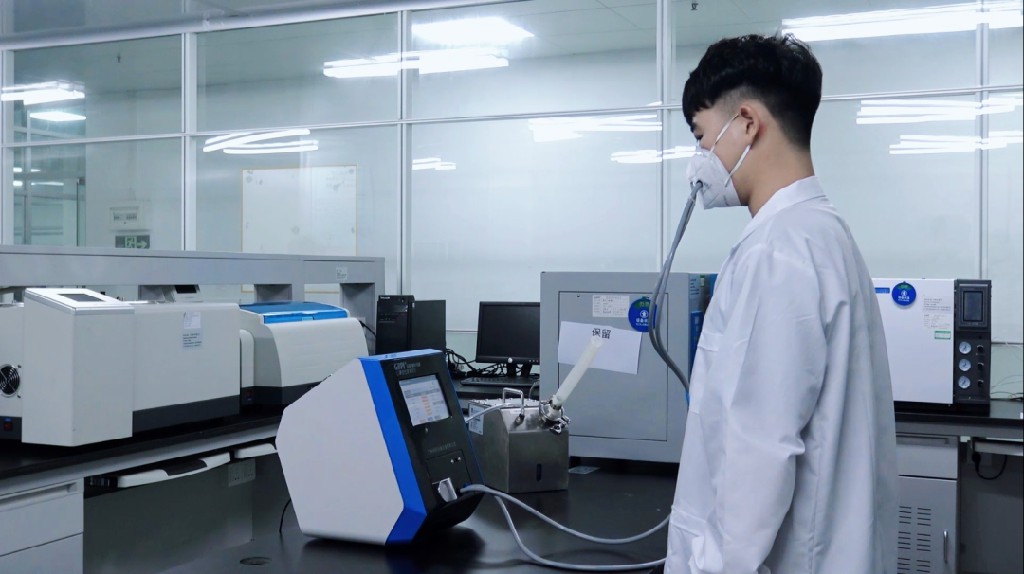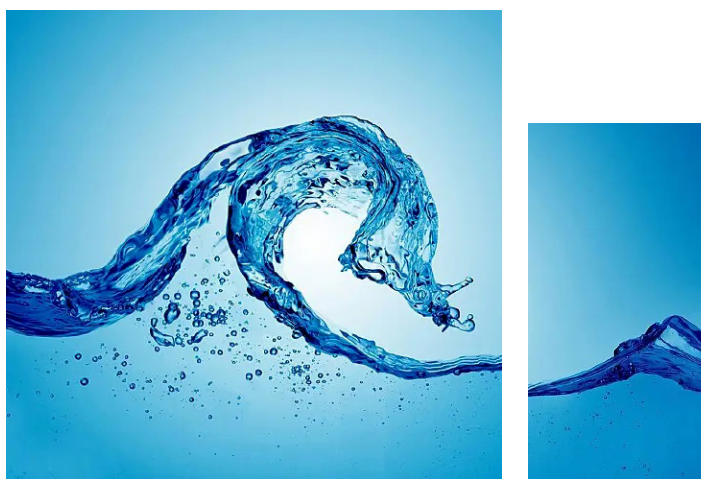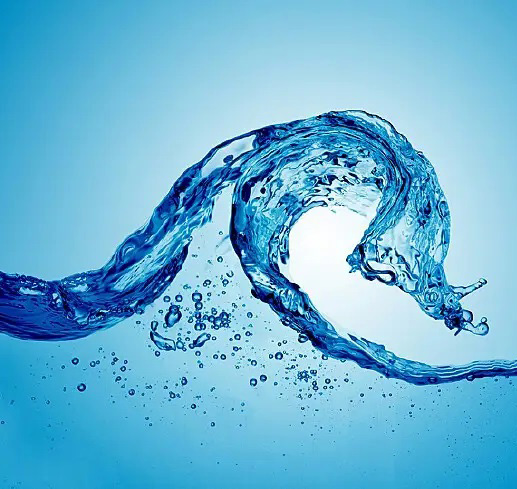Abstract: Water vapor transmission rate is an important performance index to characterize the solar backsheet's barrier performance to external water vapor (moisture), which directly affects the working condition and service life of solar cells. This paper uses the W413 2.0 infrared water vapor transmission rate tester developed by Guangzhou Biaoji Packaging Equipment Co., Ltd. to test the water vapor transmission rate of solar backsheet samples, and introduces the test standard, test process and test results for reference of major enterprises in selecting water vapor barrier testing equipment and test methods. In the field of solar photovoltaic power generation, solar backsheets play an important role. Usually, the solar backsheet is located at the outermost layer of the solar cell module's backside, thus playing a protective and supporting role for the solar cell module. The backsheet should have reliable electrical insulation, water vapor barrier, aging resistance, mechanical strength and toughness to keep the solar cell in the best working condition and maintain a service life of 25 years. Water vapor barrier performance is one of the important indicators to measure the performance of solar backsheet. If the solar backsheet has poor water vapor barrier performance, water vapor penetrating into the encapsulation system through the backsheet will affect the EVA bonding of the encapsulation film, causing the backsheet and the encapsulation film EVA to delaminate, causing the cell to be oxidized and thus seriously reducing the cell power generation efficiency and the service life of the module. As the solar cell set is placed outdoors for a long time, the humidity is greater on rainy days and water vapor has a greater impact on the solar PV module. Therefore, it is very important to conduct water vapor transmission rate test on solar backsheet to evaluate its water vapor barrier performance. 01 Testing standards The equipment used in this test is the W413 2.0 infrared method water vapor transmission rate tester developed by GBPI. The equipment is equipped with self-developed high-precision infrared moisture sensor, with ultra-high stability and ultra-low failure rate, wide range, high sensitivity, resolution up to 0.0001 g/(m2-24h); using semiconductor refrigeration chip two-way automatic temperature control technology, temperature control accuracy of 0.1 ℃; using dual airflow humidity method to control humidity, humidity stability, humidity accurate to ± 2% RH. Meanwhile, the instrument is equipped with 3 chambers, independent data, can meet the high throughput testing needs, high testing efficiency. This testing equipment conforms to many domestic and international standards such as GB/T 26253, YBB 00092003, ASTM F1249, BS EN ISO 15106-2, JIS K7129, etc. Testing principle: W413 2.0 water vapor transmission rate tester adopts the principle of infrared method. The pre-treated specimen is fixed in the middle of the test chamber, and the test chamb...
View More

 info@gbtest.cn
info@gbtest.cn



 en
en ru
ru es
es ar
ar

